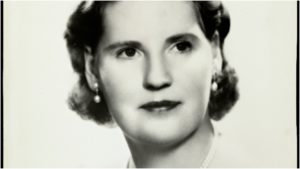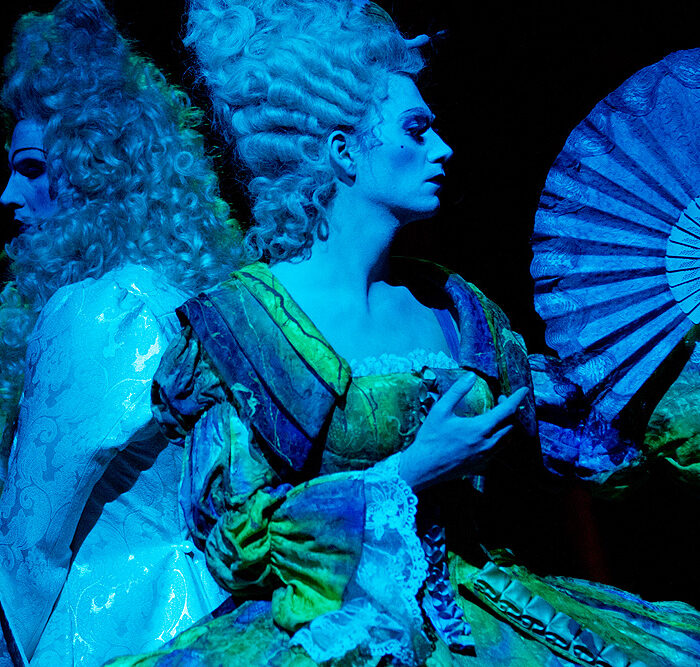
Artist Profile: Kirsten Flagstad, The ‘Greatest Singer of the 20th Century’
By David SalazarWhat hasn’t been said about Kirsten Flagstad? She was once famously called the greatest voice of the 20th century and her legacy certainly bears this out. There is a museum in her honor in her homeland of Norway and her picture appears on Norwegian Air Shuttle planes.
Born on July 12, 1895, in Norway, she received early musical training in Oslo and made her first recordings between 1913 and 1915.
She actually started out singing lighter repertoire and operetta, but after a decade of singing this kind of music, she started to take on heavier roles. Her first Isolde in Wagner’s “Tristan und Isolde” came in 1932.
Most of her early career was confined to Sweden and Norway, until she went to Bayreuth to perform in 1933 in some minor roles.
The Metropolitan Opera signed her thereafter, though her initial contract was for weekly pay with no option to renew. But she would eventually become a household name, her massive success at the Met saving the company from looming bankruptcy.
During World War II, Flagstad returned to Europe to be with her husband. Throughout the war she refused to perform in any country ruled by the Germans, including her own native Norway. She only sang a few performances during that time in Sweden and Switzerland, neutral countries during the global conflict.
She famously gave the world premiere of Strauss’ “Four Last Songs” in her later years at the composer’s request.
She died in 1962 after losing her battle with bone marrow cancer. But her legacy lives on.
Major Roles
Flagstad might be considered the greatest Wagnerian in history. Her interpretations of Isolde and Brünnhilde are legendary and remain the benchmark that most aspire to.
“Isolde is a severe test for the voice,” Flagstad once stated about the role. “Either it can be completely destroyed, or it can grow, as mine did.” And she certainly did, becoming arguably the most famous exponent of the role in the most renowned recording of “Tristan und Isolde.”
She sang the role 70 times at the Met over an eight-year span, making Wagner’s “Tristan und Isolde” one of the greatest box office hits of the company’s history. Her interpretation was such a massive success that nine of her performances were broadcast on the radio on Saturday afternoons.
As for her Brünnhilde, she was one the dominant interpreters of the role in her time, alongside the likes of Helen Traubel and Astrid Varnay.
Read More on Flagstad
Watch and Listen
Learn more about the iconic soprano by watching this documentary.
And here she provides a lesson on singing Wagner.
But what you really want is to hear her sing. So here is perhaps the greatest recording of “Tristan und Isolde.” This recording has never been out of print.
Categories
Opera Wiki

